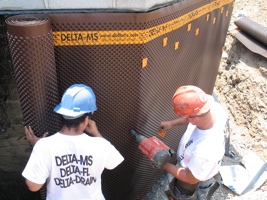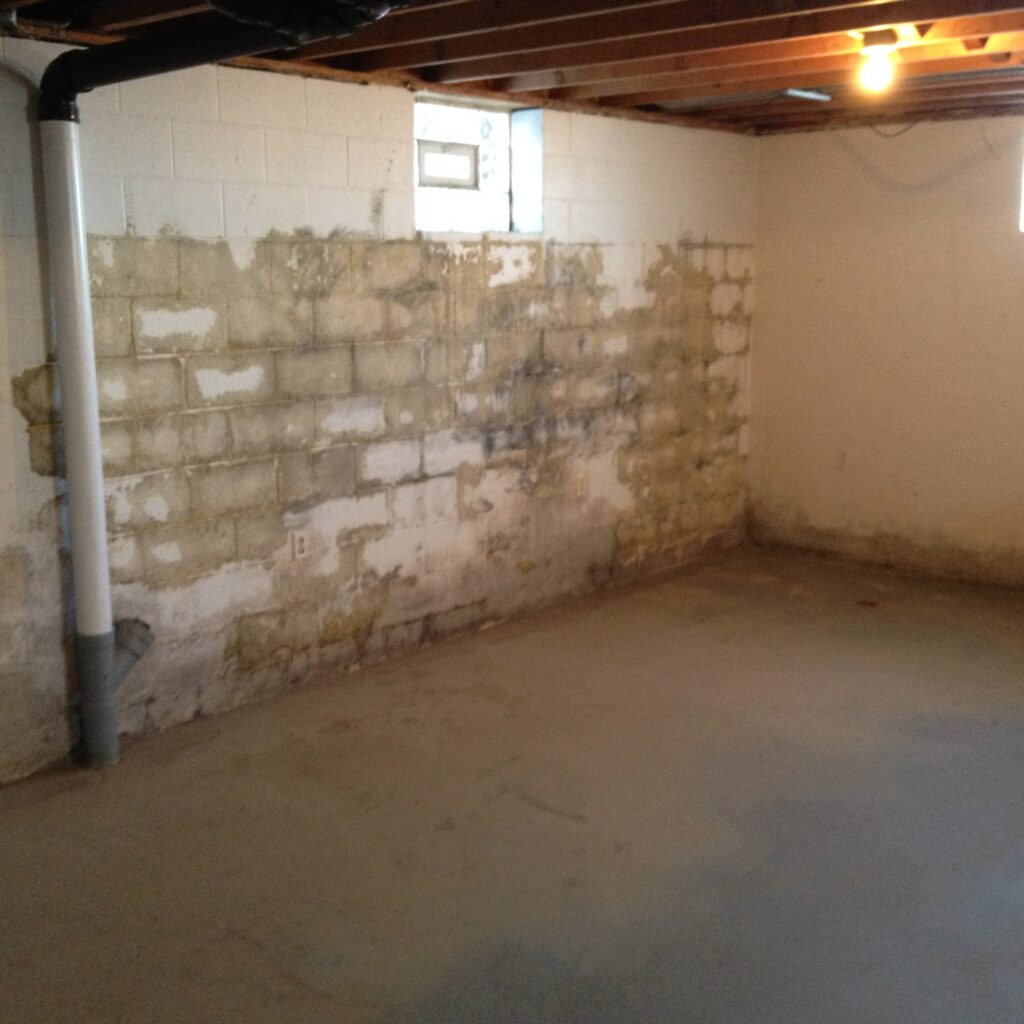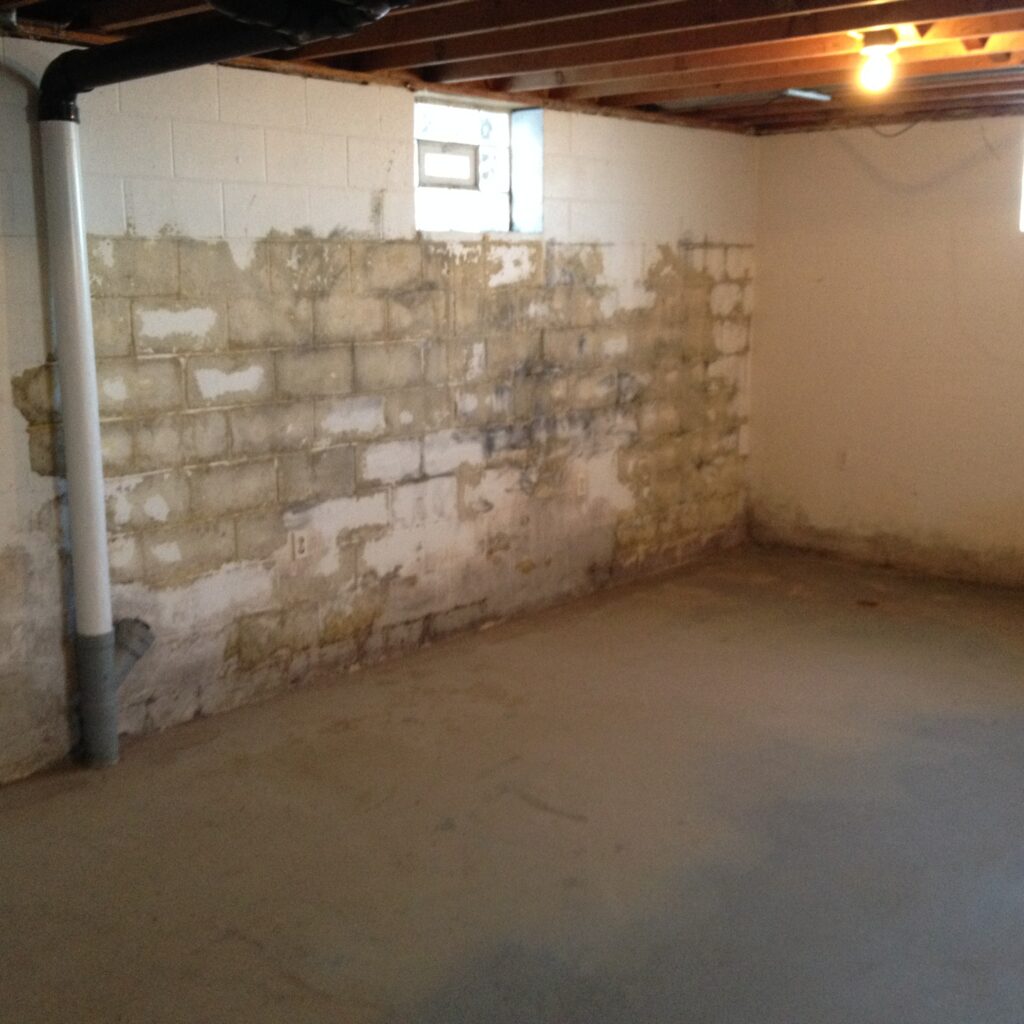Basement Wall Membrane – An Important Aspect of Exterior Waterproofing
Basement Wall Membrane – An Important Aspect of Exterior Waterproofing If you have researched exterior basement waterproofing, you may have learned that a basement wall membrane is an integral part of a typical exterior system. Depending on the specific water problem and where the water is coming from, exterior basement waterproofing may be the best […]
Basement Wall Membrane – An Important Aspect of Exterior Waterproofing Read More »



